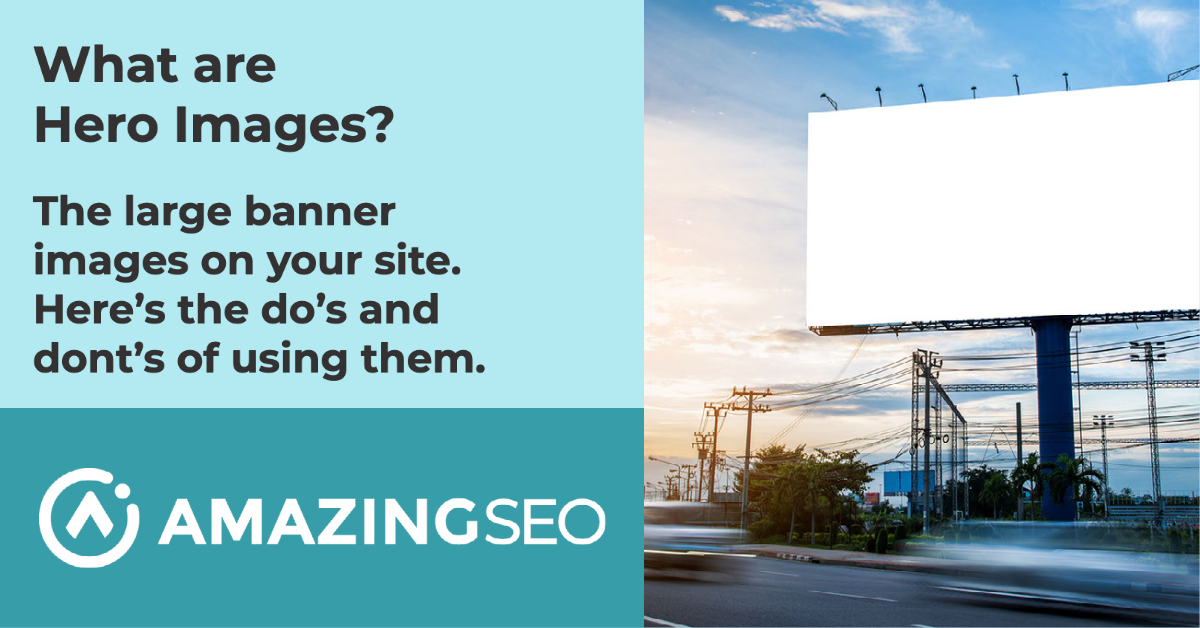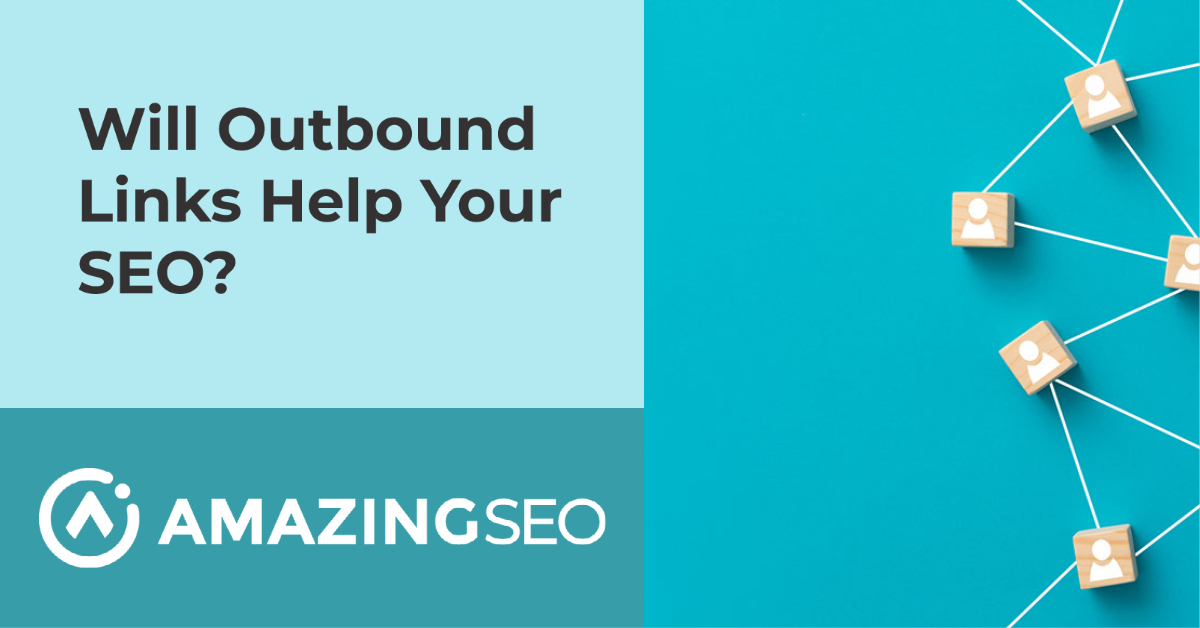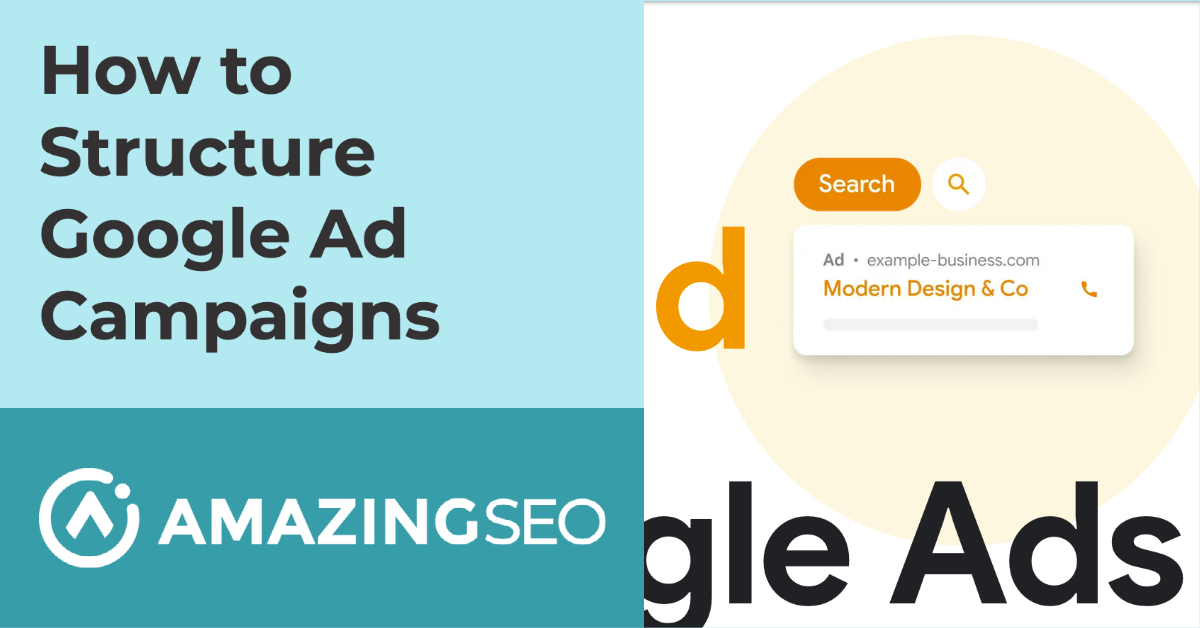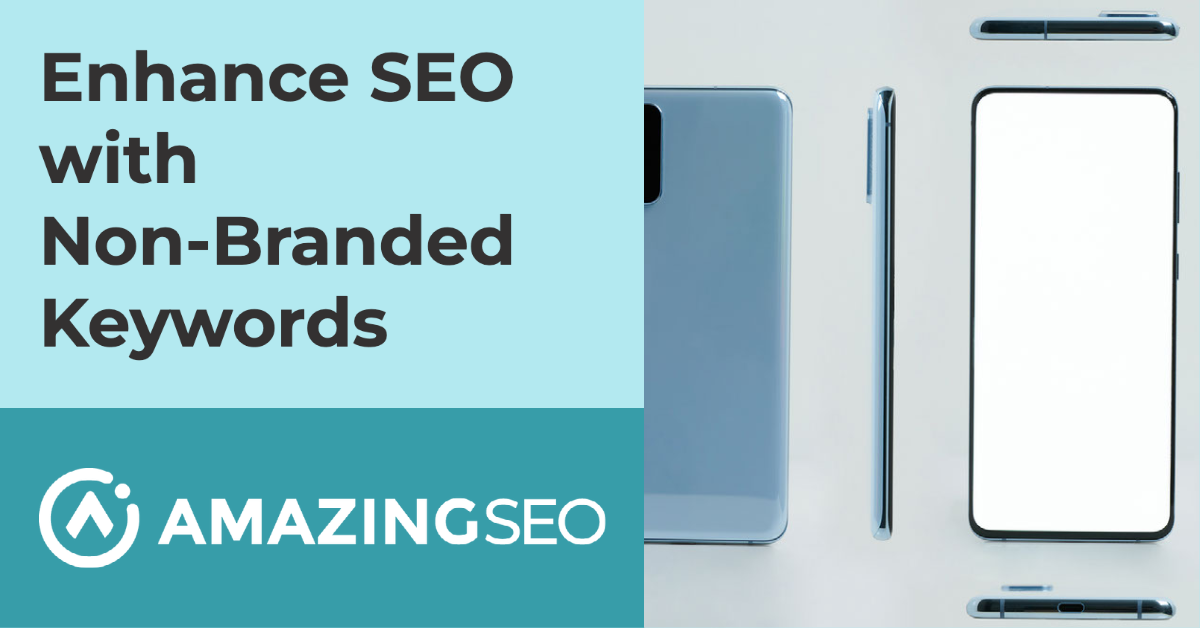Explaining Hero Images with Do’s and Don’ts
January 2, 2023

The world has changed drastically over the years. We’ve seen how far technology has come, and our world is more technology-driven than ever. With almost everyone connected to the online world in some way, shape, or form, businesses must keep up with and follow trends within their specific field.
For those with a digital presence, hero images are one trend that can be utilized through web design to stay ahead of the game. Many businesses have capitalized on hero images, while others have overlooked them.
But what are they, and what makes them an effective web design tactic?
What Are Hero Images?
Hero images are larger-than-average photos, usually in the form of a banner, which is placed strategically on a website. These images typically span across the entire width of a website. They’re usually placed at the top of websites along with the navigation bar and other important tools.
Hero images have been used for quite some time, even in traditional media. For example, although rarer, newspaper stands often have large images plastered across the top fold of their printed material. These images are used to entice passersby into buying the paper.
First impressions have always been critical for business-to-consumer relationships. You want to ensure you’re attracting your target audience, and first impressions can help. Think about it: when a potential customer lands on your social media page, blog, or website, what is the first thing they’ll see?
Sometimes it’s a logo or a normal header. Other times, it’s a hero image. While logos are used more frequently than hero images in web design, it doesn’t negate that hero images can draw a crowd more than a simple logo can.
Why You Should Use Hero Images
Hero images are the key to giving an excellent first impression to your audience. Hero images are meant to grab the attention of those who see them. They can help entice your visitors to stay on your website longer instead of just clicking away.
People are more receptive to visual content and can retain information much longer when paired with an appropriate photo. When used correctly, hero images can help build rapport between you and your customers, improve your brand identity, and help with your website’s theme.
However, many companies don’t understand how to use hero images effectively and miss out on an opportunity to grow their brand and secure new customers.
5 Do’s to Using Hero Images
The main goal for your hero image is to stand out against the noise, captivate audiences, and turn visitors into followers or consumers. To do that, you must consider how you use hero images. Understanding the best ways to implement these images into your design can be challenging. To help you with the process, here are five do’s for using hero images:
1. Concentrate on the Product/Service
The hero image will most likely be the first impression your website guests form of your company – so what better way than to introduce them to your product or service from the get-go? With this method, you can answer common questions your guests may have without them having to dig around, and you can showcase your product or service’s benefits. How do you do this with a hero image? It’s simple: you can do a photo collage with text, do a slideshow, or even use a video in place of the image.
There are plenty of examples of companies effectively using hero images that focus on their product or service. For example, when you visit Samsung’s website, you’re met with a hero image of some of their best products.
2. Use High-Quality Photos
Since the hero image will be the first impression your guests have of your website and/or brand, it’s imperative that you use only the highest-quality photos. While you can scour through stock photography websites for the perfect fit, you’ll need to remember that your photo should also be unique enough to stand out from competitors.
There are two easy solutions: pick up a camera and take your high-quality photos or create custom designs through programs like Adobe Photoshop or Adobe Illustrator. However, both solutions require some skill and may not apply to everyone. In that case, you can always hire a professional photographer or illustrator to create your hero image.
3. Get a Second Opinion
Your eyes may not be enough to tell whether your hero image is suitable or falls short. In that case, try getting a second opinion. You can ask your family, friends, and colleagues for their opinion on your hero image, or you can try running an A/B test to see how your audience reacts to specific images.
Testing two or three images through A/B testing will allow you to see which one performs better, thus ensuring that you’re using one that will captivate your audience.
4. Play on Emotions
Humans are emotional beings and are often persuaded by their emotions to take action or make purchases. Take the opportunity to make your hero image emotional, keeping in mind that it still needs to relate to your brand. Think about portraying how your product or service has helped someone and illustrate the happiness or benefits they have received from them.
5. Ensure Mobile Responsiveness
Not everyone has access to a computer and some who do still prefer to use their mobile phones or tablets. Mobile phones are just easier to pick up and navigate through sometimes. With that said, it’s crucial that you make sure that your hero image responds to all screen sizes.
5 Don’ts to Using Hero Images
There are also some things you should avoid when using hero images. If you want your hero image to be effective, these don’ts are important to consider:
1. Clutter Your Image
Hero images can be used in a lot of ways and many people feel overburdened or indecisive on what they want their image to portray. This can lead to an overly cluttered image with too many colors, images, animations, and content. It can overwhelm not only you but also your audience.
2. Use Misleading Information
Your hero image is the first image your guests will see and the first impression they’ll have of your brand. As such, you must avoid using any misleading information on your image. Your image should be unique and honest and provide value to your audience. Also, avoid using vague content, which could contribute to your visitor’s misinterpreting your message.
3. Ignore Website Optimization
The hero image can affect your website’s optimization and performance, especially if you use complicated images or large files to convey your message. Be mindful of the size of the images you use and ensure that your website has a good loading time.
4. Forget Keywords
SEO, or search engine optimization, is fundamental for web design – it’s how search engines find and show your website to potential visitors. Every piece of your website should contribute to your SEO efforts, and that includes your hero image. What’s one of the best methods of achieving good SEO results? Through keywords relating to your product, service, and brand.
So, don’t overlook using keywords on your hero image. If you do, you’ll miss out on possible leads and engagement.
5. Lack CTA’s/Overuse CTA’s
The call-to-action (CTA) is a fundamental part of any good hero image. After all, hero images are a great way to connect with visitors and entice them into taking action. Hero images that lack CTAs will miss opportunities to connect with customers and make sales.
On the other hand, using too many CTA’s can overwhelm your visitors, so it’s best to stick to using one or two.
Conclusion
Now that you understand what a hero image is, how to use one effectively, and what to avoid, you should have no problem implementing one and capitalizing on its benefits. Don’t be afraid to get creative and try something new, but also be mindful of cluttering your image too much and ignoring your website’s performance. Good luck!
Recent Blog Posts
Will Outbound Links Help Your SEO?
There's a common belief that including links to well-known websites like CNN or Wikipedia can boost your web pages' search algorithm ranking. However, the reality is that these links won't significantly improve your SEO. While [...]
Why Its Essential to Create Conversion Tags for Google Ads
Google advertising plays a crucial role for many businesses by acting as a digital billboard. When users search for a product or service, your ad has the opportunity to appear at the top of the [...]
Pinterest SEO Guide: How to Stand Out on This Platform Shoppers Love
Pinterest has become a popular social media platform for brands to connect with influencers and consumers. This image-focused site allows users to discover and save images from the internet onto boards, making it ideal for [...]
How to Structure Google PPC Ad Campaigns
Google Ads are a highly effective and easy-to-use form of advertising that businesses of all sizes can take advantage of. With a 4.85% click-through rate (CTR), Google outperforms Facebook's 1.32% CTR. Additionally, Google's average cost-per-click [...]
Why Focus on SEO During a Recession
Businesses of all sizes are feeling the pinch as we enter into a recession. Budgets are being slashed, and marketing is often one of the first areas to be cut. But while it may be [...]
How to Use non-branded keywords for SEO
While it can often seem like branded keywords, “Nike shoes”, “Apple computer”, “Samsung phone” “Nestle hot chocolate” dominate the internet, these branded keywords aren’t the only terms users search for. In fact, many consumers are [...]





